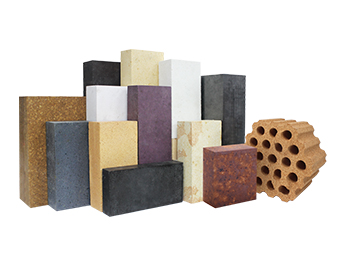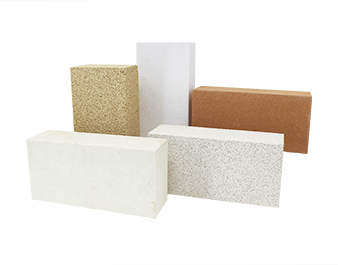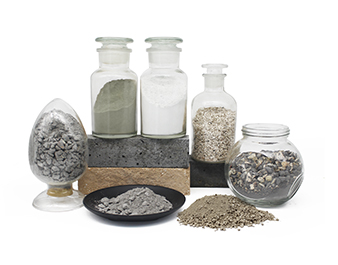 -
-Magnesit yang disinter
Sintered magnesia sand is divided into dead-burned magnesia, medium-grade magnesia and high-purity magnesia according to the preparation process and the mass fraction of magnesium oxide.
- w (MgO) ≥ / %: 90,0-97,7
- w (SiO2) ≤ / %: 0,3-4,8
- Kepadatan volume/g-cm3 (≥): 3.18-3.40
Deskripsi Magnesit Sinter
Sintered magnesia is generally made by directly calcining magnesite in a vertical kiln or a rotary kiln. The grade of sintered magnesia is calibrated by the mass fraction of MgO, and the highest grade can generally reach w(MgO)=98%. The main impurities in the raw materials are SiO2 and CaO, and the mass fraction of Fe2O3 is not high. Sintered magnesia is divided into dead-burned magnesia, medium-grade magnesia and high-purity magnesia according to the preparation process and the mass fraction of magnesium oxide.

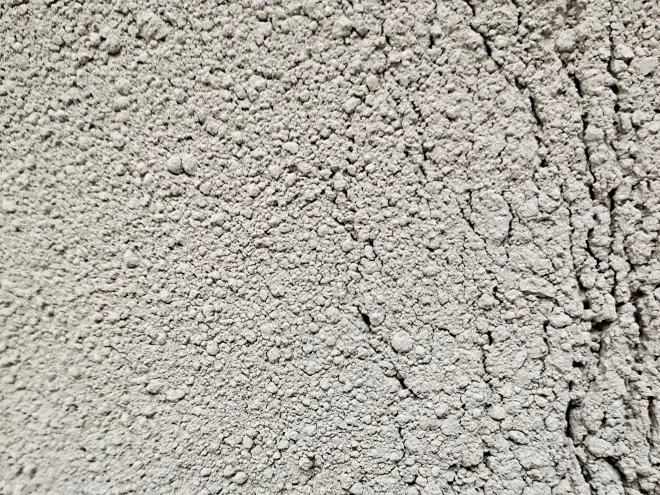
Lembar Data Teknis Magnesit Sinter Kerui
| Jenis | w (MgO) / % | w (SiO2) / % | w (CaO) / % | Rasio molar CaO / SiO2 | Kepadatan volume/g-cm3 |
|---|---|---|---|---|---|
| MS98A | ≥97.7 | ≤0.3 | / | ≥3 | ≥3.40 |
| MS98B | ≥97.7 | ≤0.4 | / | ≥2 | ≥3.35 |
| MS98C | ≥97.5 | ≤0.4 | / | ≥2 | ≥3.30 |
| MS97A | ≥97.0 | ≤0.5 | / | ≥2 | ≥3.40 |
| MS97B | ≥97.0 | ≤0.6 | / | ≥2 | ≥3.35 |
| MS97C | ≥97.0 | ≤0.8 | / | / | ≥3.30 |
| MS96A | ≥96.0 | ≤1.0 | / | / | ≥3.30 |
| MS96B | ≥96.0 | ≤1.5 | / | / | ≥3.25 |
| MS95A | ≥95.0 | ≤2.0 | ≤1.6 | / | ≥3.25 |
| MS95B | ≥95.0 | ≤2.2 | ≤1.6 | / | ≥3.20 |
| MS93A | ≥93.0 | ≤3.0 | ≤1.6 | / | ≥3.20 |
| MS93B | ≥93.0 | ≤3.5 | ≤1.6 | / | ≥3.18 |
| NS90A | ≥90.0 | ≤4.0 | ≤1.6 | / | ≥3.20 |
| NS90B | ≥90.0 | ≤4.8 | ≤2.0 | / | ≥3.18 |
Jenis-jenis Magnesit yang Disinter
1. Pasir magnesia yang terbakar berat
Heavy burned magnesite sand is magnesite, magnesite, seawater and brine magnesium hydroxide and other raw materials in 1600 ~ 1900 ℃ fully sintered and obtained the product. Sintered magnesite sand is sintered from magnesite in China. Using MgO mass fraction greater than 46.0% of magnesite lump ore and solid fuel blocks mixed, into the vertical kiln calcined magnesite sand production. The mass fraction of MgO is 89%~98%. Because of the high degree of sintering of magnesite sand, so sometimes also called dead burn magnesite sand.
The following table shows the technical index of typical heavy burned magnesium sand:
| IL | SiO2 | CAO | MgO | Al2O3 | Fe2O3 | Kepadatan volume/g-cm-3 |
| 0.27 | 3.87 | 1.86 | 92.48 | 0.62 | 0.90 | 3.16 |
The microstructure of heavy-burned magnesite sand is characterized by the main crystalline phase of magnesite, and the crystals are mostly rounded and irregularly granular. Its crystal size and shape depends on the purity of raw material and sintering temperature. Generally, the size of magnesite crystals in refired magnesite sand is small, between 20~60μm. The intercrystalline phase is often accompanied by silicate phase, the composition fluctuates between C3S-C2S-C3MS2-M2S. Magnesite a magnesite between the silicate phase of the colloidal bond is mainly. The intergranular open pores are more long.
2. Pasir magnesium kelas menengah
Menggunakan fraksi massa MgO lebih besar dari 46.5% magnesit, dibakar ringan oleh tungku refleksi, dan kemudian ditumbuk halus, dicampur dengan air, bola ditekan, dicampur dengan blok bahan bakar padat ke dalam produksi kalsinasi tungku vertikal pasir magnesium. fraksi massa MgO sekitar 95%, juga dikenal sebagai pasir magnesium kelas menengah.
The following table shows the technical specifications of typical mid-grade magnesium sand:
| IL | SiO2 | CAO | MgO | Al2O3 | Fe2O3 | Kepadatan massal / g-cm-3 |
| 0.50 | 1.95 | 1.58 | 94.63 | 0.34 | 1.00 | 3.17 |
The microstructure of middle-grade magnesite sand is characterized by the main crystalline phase of magnesite, the crystals are mostly rounded and irregular granular body, the crystal size is mostly between 50~100μm, the intercrystal is often accompanied by silicate phase, the composition fluctuates between C3S-C2S-C3MS2-M2S. Square magnesite a magnesite between the main silicate phase of the cementation bond between the crystals more open pores.
3. Pasir magnesium dengan kemurnian tinggi
Penggunaan fraksi massa MgO lebih besar dari 47% magnesit, dibakar ringan untuk mendapatkan kemurnian tinggi yang baik dari bubuk magnesium yang dibakar ringan sebagai bahan baku, dengan penggilingan halus, pengepresan bola kering, ke dalam produksi kalsinasi kiln vertikal minyak suhu sangat tinggi produksi pasir magnesium fraksi massa MgO 96,5% hingga 98%, yang dikenal sebagai pasir magnesium dengan kemurnian tinggi.
The following table shows the typical high purity magnesium sand technical index:
| IL | SiO2 | CAO | MgO | Al2O3 | Fe2O3 | Kepadatan volume/g-cm-3 |
| 0.30 | 0.70 | 1.35 | 96.90 | 0.25 | 0.80 | 3.20 |
The microstructure of high purity magnesite sand is characterized by the main crystalline phase of magnesite crystal. The crystal size is between 30~100um. Intracrystalline, intercrystalline more round closed pores, pore size is mostly less than 10μm. intercrystalline silicate is less.
4. Pasir magnesium air laut
China due to the magnesite ore reserves are abundant, for a long time metallurgical enterprises are mainly based on the production of magnesium sand from magnesite ore, and mainly low-grade magnesium sand. Using two-step calcination method, can produce high-purity magnesium sand with purity close to 97%, so far it is still difficult to produce ultra-high purity magnesium sand not less than 99% with heavy firing method.
Therefore, from the actual situation in our country, the use of a single physical method to produce a large number of high-purity magnesium sand from the ore more than 98%, especially not less than 99% of the ultra-high-purity magnesium sand is still more difficult. And from seawater, especially from the brine production of high purity and ultra-high purity magnesium sand is obviously much easier, it has more advantages than from magnesite production of high purity magnesium sand. Seawater magnesium sand MgO mass fraction up to 99.5%, the general seawater magnesium sand is also in 98% to 99%.
The following table shows the typical technical specifications of seawater magnesium sand:
| IL | SiO2 | CAO | MgO | Al2O3 | Fe2O3 | Kepadatan volume/g-cm-3 |
| 0.25 | 0.23 | 0.53 | 98.85 | 0.03 | 0.11 | 3.20 |
Typical microstructure characteristics of seawater magnesite sand is the main crystalline phase magnesite crystal size uniform, pure texture, material multiple grain boundaries and microporous structure. Magnesite crystals usually in 30-50μm, intercrystalline silicate phase less, more direct bonding between crystals, intracrystalline, intercrystalline more closed pores, pore size uniform, pore size mostly in 5μm or less.
Applications of Sintered Magnesite Sand
In the steel industry, sintered magnesia is used to make refractory bricks and furnace linings to resist the high temperatures and chemical corrosion during the steelmaking process. In non-ferrous metal smelting, sintered magnesia can protect equipment from the harsh molten metal environment. For refractory coatings and castables, sintered magnesia can improve heat resistance and mechanical strength. In addition, sintered magnesia can also be used to produce advanced ceramics and abrasives, taking advantage of its hardness and stability. Its excellent thermal and chemical properties make it an indispensable material in high-temperature industrial processes, ensuring the durability and operating efficiency of equipment.
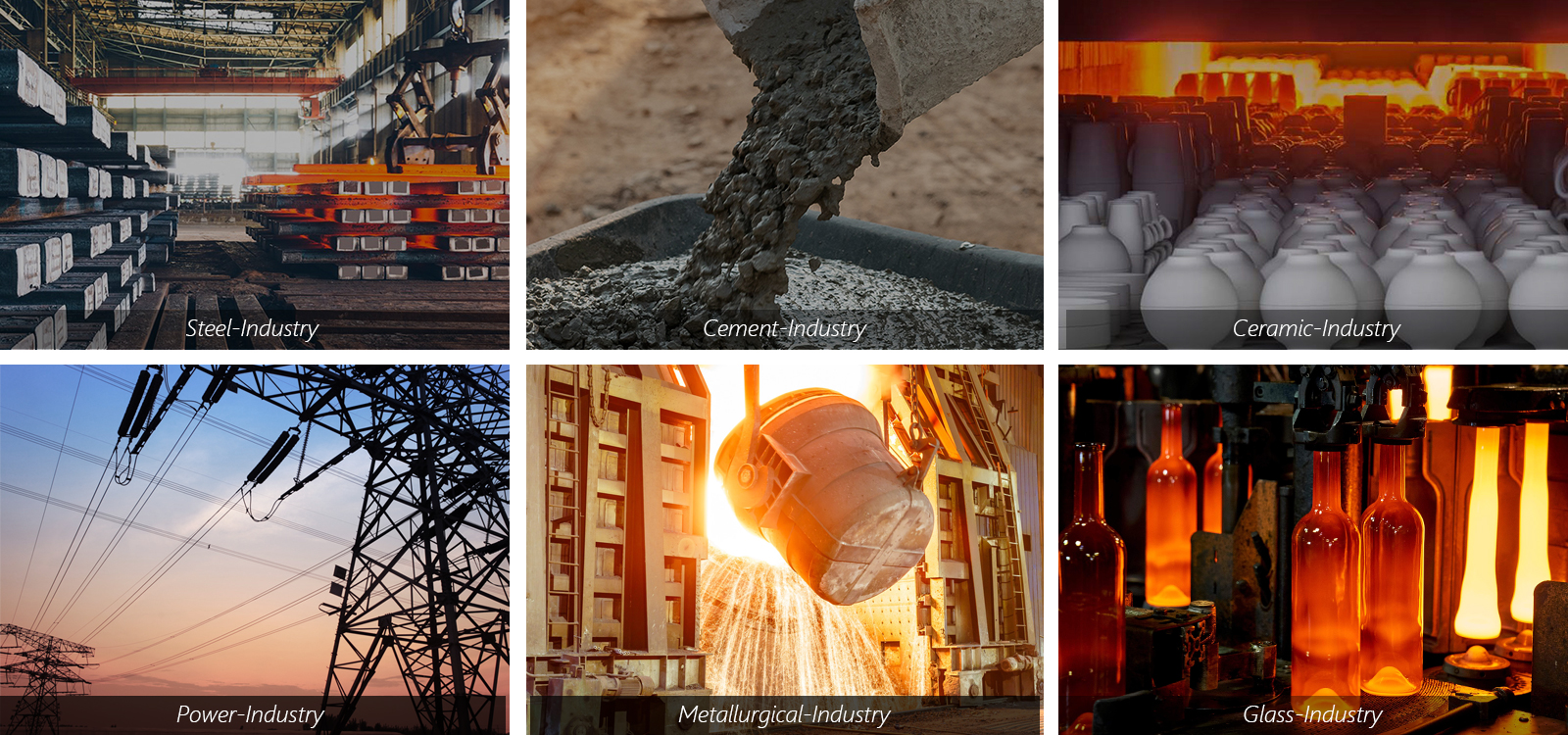
Laboratorium Refraktori Kerui
Kerui memiliki laboratorium pemeriksaan kualitas profesional. Tungku uji creep pemanasan ulang / pelunakan beban suhu tinggi; Bangku uji kekuatan tekan / lentur untuk bahan tahan api; Platform pengujian komposisi dan inspeksi untuk bahan tahan api; Laboratorium untuk sifat fisik / kimia untuk bahan tahan api.

